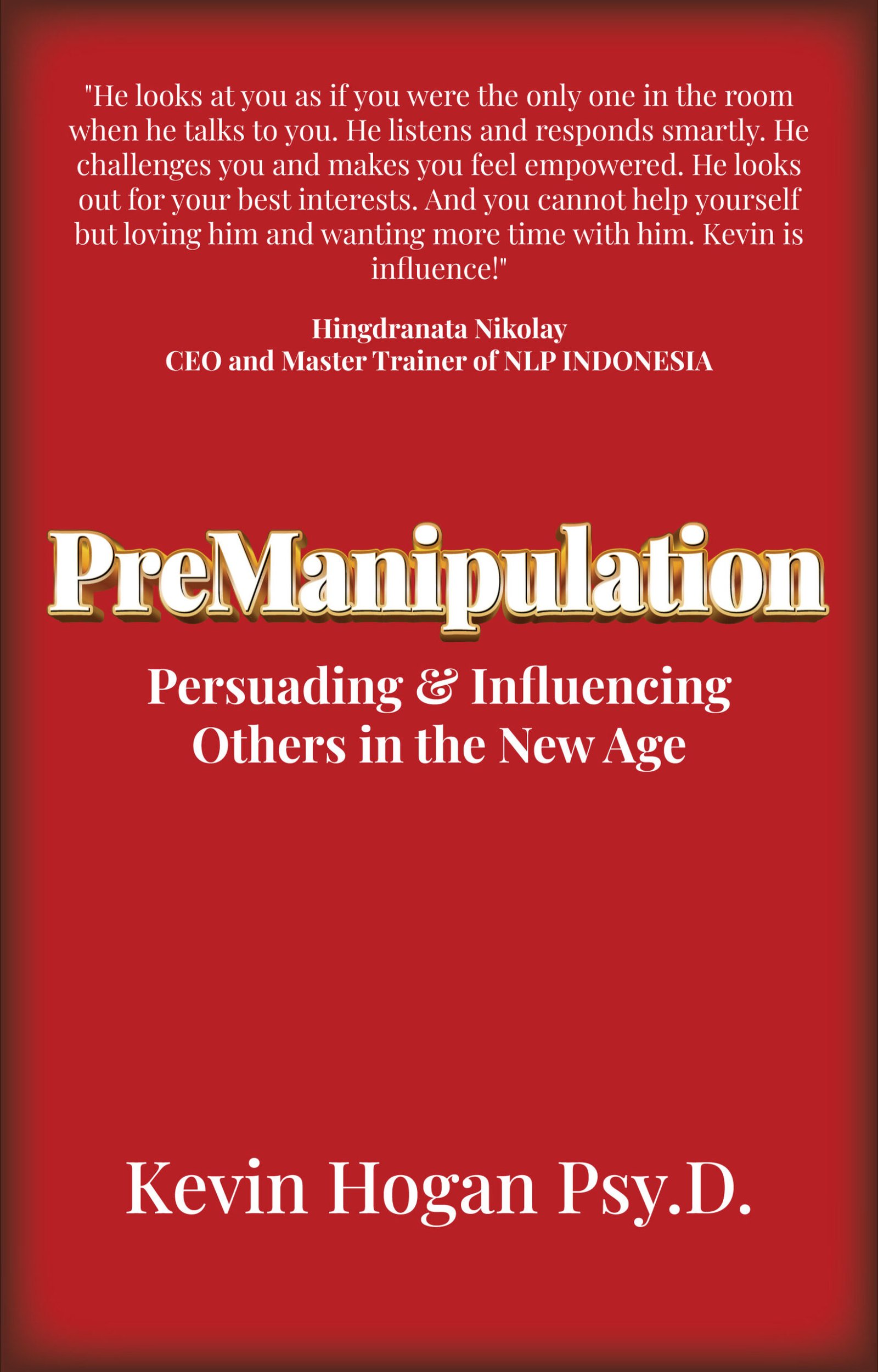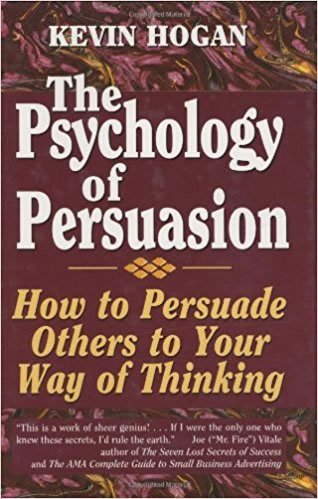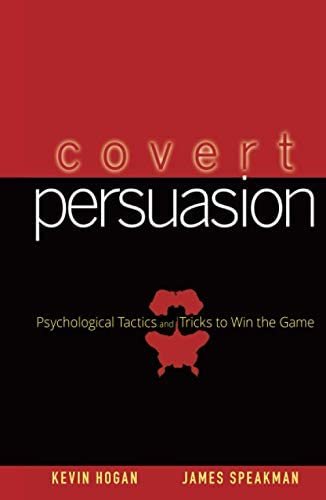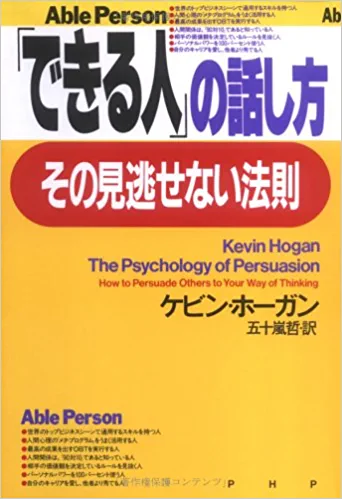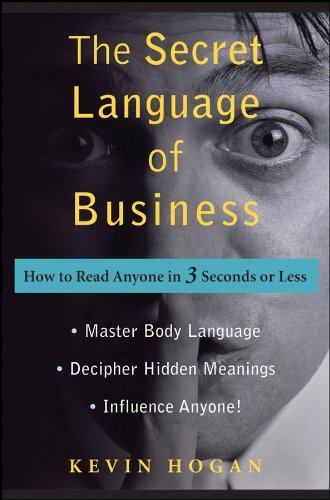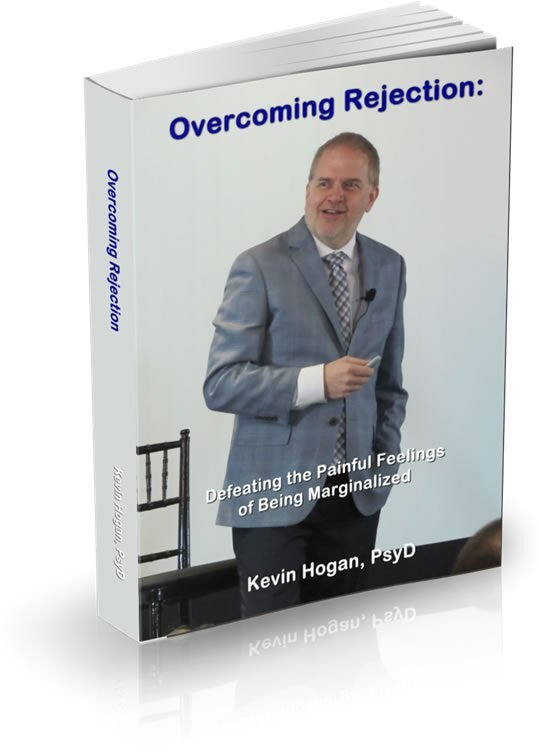One of the most common questions I receive is some variation of, “Which techniques are the easiest to use in persuasion, marketing and selling?”

Some of the techniques you’ve seen. Others you haven’t.
I hold my breath as I skip all contextual elements (i.e. your past relationship with client, your client’s expectations of you, the kind of a day you know he’s had, the location of your conversation, the weather, the other people in the meeting with you) in order to give you a subcontextual framework to sell. Today is the one day this year we throw caution to the wind…
Because I’m skipping contexts, just pretend I’m using these tactics in a selling or marketing environment. They are potent across all aspects of human communication.
1) Immediate Mental Imaging
In any given moment you can choose to think of just about anything you’ve seen or heard in the past. Those immediate mental images are important to keep at the top of consciousness.
There is no question that the subroutines in your BRAIN that are triggered by the pictures, words and emotions you experience in your MIND, are in large part safe to run while you attend to the person and context you are in.
If your Immediate Mental Images are sabotaging you, then you need to take back control of your mind.
If you wonder whether that is the case, then it almost certainly is the true. Do take a look at Lifestorms: Blasting Through Self-Sabotage.
Paint new pictures on the canvas of your mind for your brain to absorb.
Begin to see your Self as more competent and more likely to succeed. Never get cocky. Just have the certainty that you do with knowing the gallon milk is in the fridge right where you left it the day before…with the realization that someone else could have used up the rest on their cereal this morning. In other words…you “know,” you are “certain” within your Self, but you aren’t positive at a level of fact.
Begin to see yourself as becoming competent in understanding the behavior, actions, and thinking of other people. Realize that as you become effective in understanding the workings of others, you become more in control of yourself.
Your Immediate Mental Images include what you say to yourself when you talk. These internal experiences include the tone of voice when you talk to yourself. If you don’t like what is going on in your brain, change it now.

Remember 95% of the time, you are on autopilot and have not chosen what is happening between the ears.
When you are going to be involved in an important communication, realize that in the past, you didn’t have a clue why you said what you just said and that now you will consciously select what you want to think and what you need to say to your self and your client.
Starting today you have to move a LITTLE bit slower. You can change the tone of your voice when you talk to your Self from one that implies, “You Dummy” to one that commands, “You ARE going to do very well because you are making the decisions moment by moment.”
In the moment that is a nice change to experience. If you screw up you can lash yourself later. This first “technique” is very much a quick fix for this moment only. You’ll need to integrate real knowledge and application for the long term.
When you experience internal movies that create a sense of hopelessness, immediately change the movies to a struggle that ends with your success instead of failure. When I suggest to you to end with success, I also mean for you to have played the ENTIRE MOVIE of what will happen including all the struggles, outbursts, objections, trays falling, people coming up to your table and interrupting you…everything. THEN SUCCESS.
Anything short of this will CAUSE NO CHANGE in your external behavior as observed by others.
Taking an aggressive and active role in your self-management is very important to your success as a highly effective person of influence.
The Second Puzzle Piece is found next…
2) Triggering Persuasion from Your Physical Appearance
Managing your mind and controlling your brain’s impulses is inextricably linked to managing your body. If you are finding yourself to be obese, suffering from aches and pains that can be attended to and notice that your day to day posture and carrying of yourself is impotent you must change now.
I like to work with others from a position of yielding comfort. I forego the “height advantage” in favor of a more relaxed body posture. That’s not for everyone. It carries benefits and drawbacks. Most successful people do this. Specifically successful people do take up more physical space than unsuccessful people BUT they also are so much more relaxed and laid back they appear physically smaller.
For someone like me, it’s a very helpful tactic to reduce a “sense of threat.”
For those who have no status however it can be seen as weak. As a rule, for this group, good posture pays.
Overweight?
Start a weight reduction program immediately. Your body image directly affects your self-esteem and that means it affects your income.
Specifically, women are handicapped by being overweight. An attractive body for a woman pays off. For a man, it’s certainly not as significant though being unkempt and ratty looking at the meeting will cost plenty.
More broadly speaking, a large body requires a lot more effort to get around. That can make you winded and look exhausted from opening a door. Big people bump into more things, spill more things, trip because they can’t see their feet. THINK ABOUT IT. Physical signs of weakness never pay off. Women lose a lot more points than men in every aspect of life for being overweight, so throw the politics and get your waist line under control.
Become active and get your body image in line so you are more proud of the way you like. How you see yourself impacts your perceived attractiveness by others.
Overweight people don’t persuade as effectively or as successfully as thin people. If you’re more than 20 pounds overweight it is costing you money, respect or both. That 20 pounds means about 6 TIMES the income loss to a woman vs. a man.

Quick fix while working on the real problem? Start sitting up straight and walking as if someone has a huge hand pushing your buttocks forward. This will improve your posture dramatically. The way you carry yourself will change many “no’s” into “yes’s”.
Many people perceive that a hunched over appearance is indicative of low self-confidence. When people think you are not confident it drains their confidence in you as a person of influence and reduces your influential effectiveness. Combine that with the perceptions of being overweight…
Finally, “good posture” has recently been found to correlate with people more likely to take actions when necessary.
3) Minding Their Mind
You can begin to manage the minds of others, once you have your own brain managed. Managing their mind is accomplished in the same manner that you manage your mind. The only difference is that you must push their buttons instead of your own.
A. Intentional Mental Images
If your client needs to experience a brief dose of status quo misery to help him change to a brighter future, then you are obligated to paint a vivid picture of both what he must move away from and what he must move toward. Make the voices he is going to hear in his mind crystal clear. Help him feel the pain of stasis and the pleasure of change if he is unable to do it for himself.
At this moment, he feels pain OR inertia and MAYBE both. Pain and inertia are absolutely not the same thing and sometimes fear/pain move someone from inertia.
Most humans stay at rest or close to rest, don’t think in the literal sense, and exercise no conscious will most of the day.
B. Manage Their Body
Sometimes it is necessary to get the other person to move to create internal change in his mind.
Hand him something.
Give him a book and have him turn the pages.
Get up and go for a walk.
Ask them to participate in some activity with you. DO SOMETHING with them. You are not obligated to always sit face to face, across the table from each other.
Quick Fix for the Moment?
If your client is in a good old fashioned “stuck in life,” progress is going to be lost if you don’t change the channels in his mind. Sometimes it is appropriate to get up and go or at least move somewhere else. Changing your client’s physical actions in some way will help you change his internal state.
C. Appeal to You Client’s Biological Makeup
Utilize this information by practicing the strategies necessary to pull the evolutionary strings that you have learned about. There is no better resource than Covert Hypnosis
3) Gather, Manage and Implement Intelligence
Go back to the original book, Psychology of Persuasion, the most basic cognitive influence philosophy.
Eliciting values, beliefs, and feelings, is a method of gathering vital intelligence about the conscious thinking of your customer as far as they are willing to share it accurately with you. Influencers gather intelligence about everyone before they meet them, if possible.
If you are selling to corporations, you can uncover everything from corporate earnings to corporate strategy by simply googling online conversations before you go on your visit.
Learn all you can about the needs, problems, recent crises, firings, hires, interests and wants of the company.
Administrative Assistants are a fountain of knowledge. They want to be important and appear knowledgeable. It can be effective to not try and bypass the assistant but instead, build rapport with her.
“Hi Kayla, this is Kevin Hogan, the author of The Psychology of Persuasion. Does your boss decide what widgets you folks use or is there someone else I should talk to?”
This gathering of intelligence is important. In this example you are speaking with the Administrative Assistant who is indeed the gatekeeper in the corporate world. Instead of passing by the gatekeeper you have made friends by asking for her opinions and building a sense of respect for her and her knowledge about what her company likes.
4) There aren’t six degrees of separation any more. On average, there are less than two people between you and anyone else in the world.

Networking optimally works long term if you have at least one of three things going for you.
- You are the best in your business,
- you have great products and/or
- you have great services.
If you can meet someone’s needs time and again, then you can network your way to almost anything.
Do something to help someone else’s career every day. If you can help others with their families, businesses, careers, you will eventually reap the rewards of what you have sown.
Networking is more than keeping a fat Rolodex. (Rolodex is a desktop contact list) Networking is the ability to recommend someone who can solve someone else’s problem.
People appreciate you when you help them and have nothing to gain in return.
Assist people every day with random or intentional acts of kindness and you will build a network of REAL friends and people who will help you in your future. It is impossible to help people every day and not experience the rewards of real networking down the line.
Networking also demands that you have the courage to call the people who can make a difference in your career. Many people will not call on the right person to buy or even for advice simply because they believe the celebrity won’t talk to a humble salesperson. This is nonsense. 20% of celebrities, 1/3 of CEO’s, and even political leaders are accessible. If what you have to offer is useful enough, you can get your minutes with the biggest decision makers. Be willing to be bold and occasionally embarrassed in exchange for the benefits of being known by the “right people.”
5) Be a Hunter
The world’s greatest salespeople don’t simply sit back and wait for business to come to them. The world’s greatest become adept at hunting for relationships. Business is always good for someone. Business can almost always be good for you.
One distinction between those who have great success and those who are work-a-day people is the hunter mentality. The hunter is always looking for people he can help.

The hunter is relentless in the pursuit of the right groups and markets for his products and services. The hunter doesn’t rely on lead sources from inside the company. The hunter is constantly developing his own contacts. The hunter will always be aware of people’s needs and desires.
The hunter always goes the extra mile. When you go the extra mile you always have more opportunities for success. The hunter is always bending over backwards to help others. The hunter is generally thought of as “lucky” because they seem to regularly be meeting opportunity with preparation, one definition of luck.
6) Credibility is Magical
When communicating with someone, is it overly obvious that you have their VERY best interests in mind?

If you have any doubt, do something else with someone else. If you are selling yourself as a consultant, then you must be among the best. You must constantly go the extra mile to make yourself part of the top 20%. This is where credibility begins.
An excellent manner of establishing credibility is that of being able to bring out the key drawback of your product or service and make certain that your customer sees that one flaw. Once you have done this you have not only established credibility but you have already dealt with what is normally the only “objection” to your making the sale, except money issues, which may or may not be easily solved.
Remember that most, but not all, people are driven by self interest.
If you can put yourself in their shoes and answer that question with a laundry list of tangible benefits, (and features), you will persuade.
How do you appear less than credible on occasion?
Sometimes you get nervous in the communication process. Perhaps you think that you or your product may not be the best for your client and you continue to push anyway. It is at this point that you must ask, “If this product could only help you to this certain degree of X at this price, is it something that would be really useful to you?”
If they say “yes,” you can allow the pangs of nervousness to leave. If they say “no,” then forget “making the sale.” You could still choose to pull all the right strings, walk away with a check, but you will have created a Win-Lose, and that means your career, and your integrity, will take a step backward. Never, ever, enter into a transaction where someone loses.
Never compromise your integrity.
Creating beliefs (i.e.. levels of certainty) is critical. If you expect to fail you probably will. If you expect to succeed you probably will. What you say to yourself in private is what you become. Begin to see yourself as a provider, a helper, a caretaker, a creator of value. If this isn’t possible, you are in the wrong place at the wrong time.
Refuse to represent what is second best. Never compromise your integrity. People will talk about you and believe in you if you are the best, selling products that have great value. Once you are selling something you believe in, your enthusiasm will be contagious.
EXERCISE:
- Name a few people who you trust. Describe specifically why you believe these people to be worthy of your trust.
- Name some people you don’t trust. Describe specifically why you believe this people to be unworthy of your trust.
- What can you do so you stay in the category of trustworthy people?
If you are not perceived as believable, you will not persuade.
If you are perceived as believable and you represent excellent products and services, you both win.
Your level of certainty and pure rapport, and meeting their true wants and needs, allows you to influence at will.
7) Develop Fascination

This is one of the secrets of my success. It’s in the top 10 of 100’s of causes.
Decide that you will learn everything about your customer that she is willing to comfortably share with you. Develop a sense of fascination about the work and livelihood about others.
What is grand about your customer? What is great about their job? What is fascinating about their philosophy of life? Allow yourself to become curious and excited about learning about other people and their interests. Remember that what is interesting to you is likely to be boring to most other people. What is interesting to them, on the other hand, is something he can talk about for hours on end. Their interests become your new areas of fascination and curiosity.
8) Change their Perspective
Everyone looks at things from their own point of view, from their own perspective. Changing the perspective helps you alter the way someone is looking at something so you can alter how they feel about that self same thing.
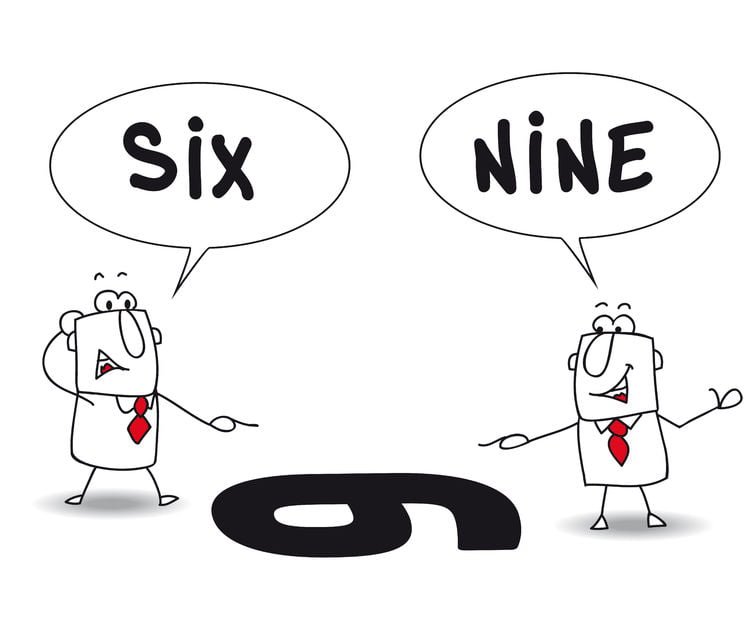
Framing is analogous to what light you are going to place a communication in. What may seem to be a disaster for a client, can be re-framed as being an opportunity for change and growth. What may be seen as the end of a long sad marriage could be re-framed into the beginning of a new happy life.
Don’t BS people or sugar coat. That’s not reframing, that’s stupid. People don’t buy it and don’t want to be patronized. Be real.
Reframing
Reframing is taking lemons and then upon further review, you make lemonade out of the lemons you have been given. Reframing allows you to help someone see something they perceive as a problem that really may be an opportunity in disguise.
Frames help you see an issue from a different point of view than the one we just saw. Frames are used to enhance and control the communication process. Here are a few different kinds of frames and how to utilize them in putting your products and services, and, yourself in the best light possible with your clients.
The “As If” Frame
Have you ever had a client that said, “I don’t know what will happen if…” It may be that you have heard something like, “I don’t know what my wife would say if I…”
When you face these unknowns the most effective strategy is to utilize the “As If” Frame. You can utilize this them by asking one or more of these three pattern questions.
If you did this X, what would happen?
Imagine that we were successful at X, then what would happen?
If you did decide to do “this” (agree to “this”) what was it that would have changed your mind?
These patterns are so powerful that normally the customer’s objection or worry will be drained right from his mind as he answers the question.
Preframing
You will recall that pointing out a minor flaw in your product or company can be a very useful tool in the sales process. It gives you immense credibility. Always, always, handle the problem that is likely to come up, in advance of the problem (objection/perceived, argument, obvious other point of view). Deal with any challenge early in the sales meeting while the significance of any issue will be considered to be very small and seemingly irrelevant.
Persuasion and Influence is in large part an issue of controlling the frame of communication.
Unless a person dismisses you out of hand, they see something they like about your or your offer. Therefore control that frame, that focus of attention and key in on this area. In any disagreement, argument, objection you must change the focus of attention of the other person or people.
Deframing
The Take away close….. Once you are skilled in persuasion techniques, you will have the confidence and ability to prudently utilize deframing.
Deframing is a linguistic tool that can only be effectively implemented when you know a person wants you or your product. In a nutshell, you give the customer one opportunity to purchase your product or hire you. If they don’t, you make it explicitly clear that you will move on and allow others to take advantage of your services.
This is the basic deframing pattern. It is effective for people who are on a fence for no good reason.
“It makes no difference to me whether you buy this X or not. You have until tomorrow to make a decision and reserve your X or not. If I don’t hear from you by noon, I’ll know you didn’t want it. No pressure.”
9) Uncover Conditions to Confirmation
Even the greatest product in the world may not be able to help a person with a condition. You may be able to sell a $500,000 home at half price to an owner occupant, which is a bargain anyone is unlikely to ever experience. But if your client doesn’t have the money for the down payment and hasn’t got the income, resources or ability to sign the loan for other reasons you have a condition and you should never ask a person to enter into an agreement where he will lose.
Value is very important but it is not the only element in deciding whether to make a sale or not. If the client cannot do something, don’t ask them to. A condition exists in some selling situations which means a sale won’t be made, and when they do exist, you won’t let that sale happen. It’s a Win-Lose.
If you sense your customer has a condition, simply ask, “Is there something I’m missing, that I should know about that is causing you to wonder about this product?” If they respond with a concern, address their concern and let them own your product.
If they respond with a condition, don’t let them buy your product. There will be another day for both of you.
10) Develop a Sequence of Logical Reasoning

People will buy you or your products and services based upon their desires in most cases. Develop a step by step process that will assist your client to bridge the gap between emotion and logical reasoning to purchase your product. You should have several series of thought processes that you have prepared for your client to consider.
If you are selling a home and your client has the requirements met to buy the home you have a potential sale. If your client falls in love with the home you have an emotional sale. Your job is now to move your client from emotional thought to logical justification for purchasing this home.
11) Know When to “Close” and When to Leave
Most salespeople believe that you “close” the sale after the sales presentation is over. That is not correct. Other salespeople are trained to “always be closing.” That’s a way to get everyone to hate you. There is ONLY ONE ANSWER HERE:

You “close the deal” the moment the customer wants to buy and not a second later. When the customer is ready, you let them agree to buy your product. You have them sign the papers, take ownership and shortly thereafter, you leave. If the customer asks you for a lunch date, that is one thing. If they are busy and have a schedule to keep, make the sale happen and then politely but with efficiency wrap up your business. In many cases, I have made the sale, had the client write a check, put it away in my briefcase and then had lunch with the client. In situations such as this you do not discuss your business, you continue to develop the long term friendship by focusing on the client and his loves and interests.
In general, when your client is non-verbally or verbally telling you they want to hire you or they want your product, let them buy it now. Then, after you have taken care of business, take care of any post-closing activities and thank your new customer.
These are all simple easy to use TODAY, fundamentals of unconscious communication and they will change your life…and those whose lives you make better.

